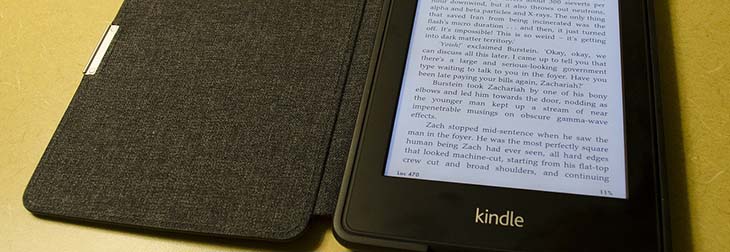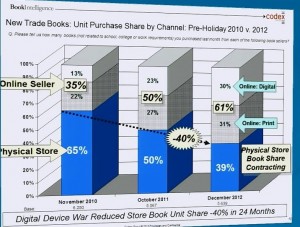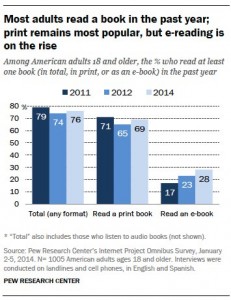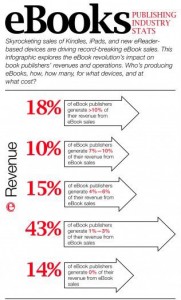More and more people are choosing ebooks as their preferred way to read as well. The rise in popularity of tablets and ebook readers, like Kindles, have also contributed to the rise in ebook market share. Overall, 50% of Americans now have a dedicated handheld device; a tablet computer or an e-reader for reading e-content. That figure has grown from 43% of adults who had either of those devices in September 2013.
If you are an author, you do yourself a grave disservice if you do not create a digital version of your books or writings.
You can save a lot of time if you create and document your book with your ebook formatting in mind. If you start the process knowing that you will be distributing your ebook digitally, you can document it in a manner that makes the coding process easier, less time consuming and possibly even cheaper to be coded. Below are a few tips that will help your ebook get coded more quickly and minimize the occurrence of incorrectly formatted ebooks.
eBook Formatting Tips
- – Avoid necessary formatting: the more complex your formatting is, the longer it takes to code the ebook so that it renders that complex formatting.
- – Table of Contents should be immediately after the Cover or Title page: the table of contents in ebooks have links that take you to the various sections of the ebook. There is no rule but it is logical to have the table of contents before any of the sections that maybe linked in the table of contents.
- – Don’t number pages: ebook text will adjust to the size of the screen that it is viewed on so page numbers can be tricky to use. We suggest avoiding page numbering in your ebooks. If an ebook is formatted with page numbers, the page numbers will often be all over the place; not at the top or bottom of the screen, but rather just randomly stuck between lines here and there.
- –Be sure your chapters and page-breaks are clearly designated: since ebooks adjust the amount of text per page based on the screen and font size, you must include code to create page breaks. Page-breaks happen at the end of each section or chapter in an ebook. This ensures that your sections or chapters all start at the top of a new page. This is our preference and many publishers will say “no page-breaks needed…” stating that your chapter headings are enough to let the reader know that they have gone on to a new chapter.
- – Have your book in a finished prior to giving to coder: seems obvious but be sure your book has been edited and proofed, prior to having it coded for digital distribution. This can save time and money
You can save a lot of time if you create and document your book with your ebook formatting in mind.








